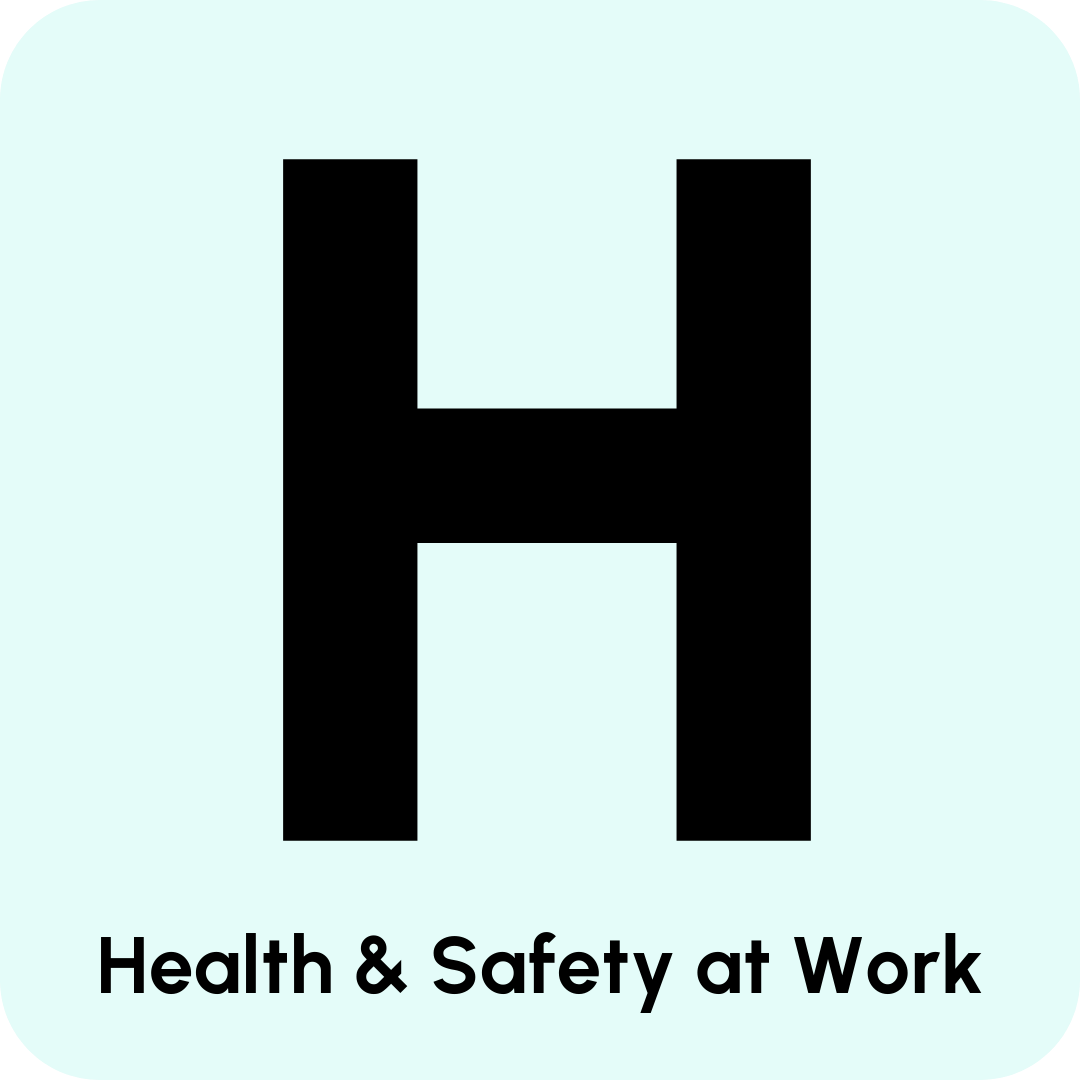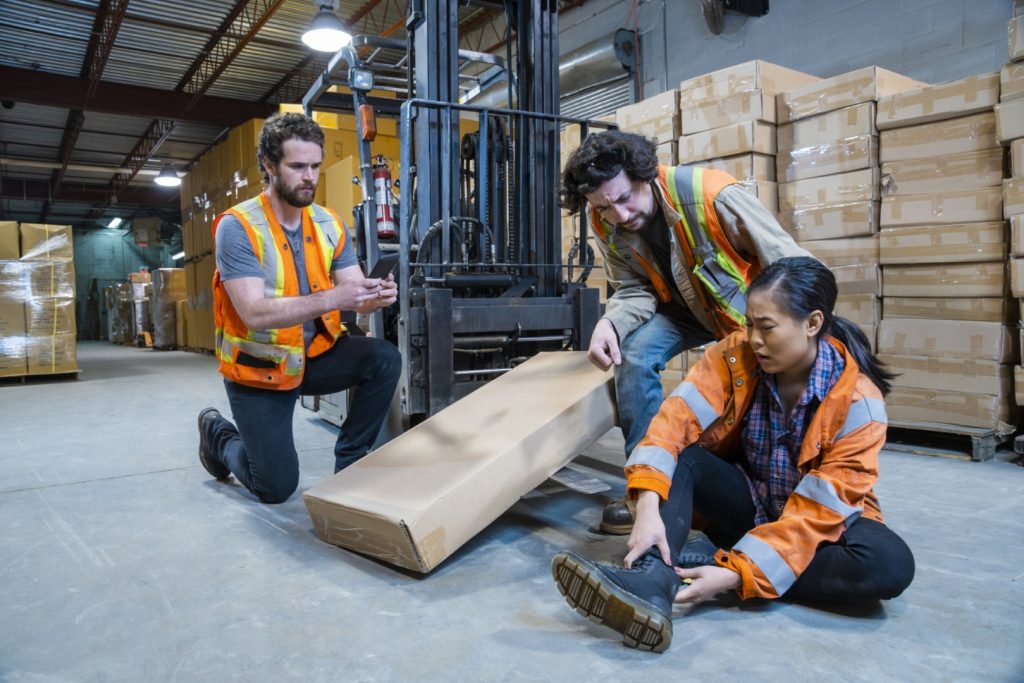Why does the Health and Safety at Work Act 1974 matter for your business?
Compliance is not just about avoiding enforcement — it’s about protecting your organisation and its people.
Legal risks – Breaching the Health and Safety at Work Act can result in unlimited fines, criminal prosecution, disqualification of directors, and even prison sentences for the most serious breaches.
Financial impact – Workplace accidents can cause absence, productivity loss, rising insurance premiums, compensation claims, and disruption to operations.
Reputation management – A poor safety record undermines trust with employees, clients, regulators, and investors. Good health and safety practice, on the other hand, builds credibility.
Employee wellbeing – Safe workplaces promote higher morale, engagement, and retention. People are more likely to thrive in an environment where they feel protected.
Operational resilience – Strong safety systems reduce downtime from incidents, improve efficiency, and ensure smoother day-to-day operations.
For SMEs, the HSWA is especially critical. Smaller businesses may not have dedicated HR or health and safety teams, which increases the risk of oversight — and the consequences of non-compliance can be devastating.







